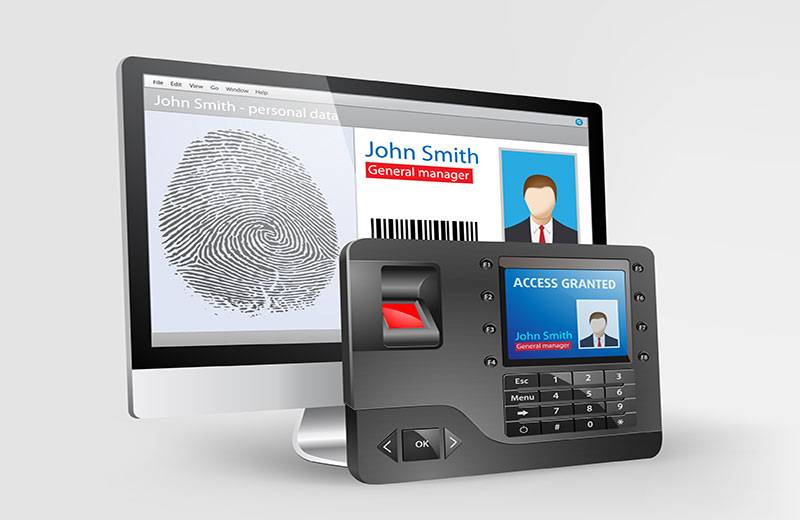Simple Strategies to Optimise Your Time Attendance System for Maximum Benefit

Time is one of the most valuable resources in any business. Managing it effectively is essential for achieving success and growth.
A time attendance system is a tool that can help businesses manage their time more efficiently, but it is important to optimise the system to get the most out of it. To maximise the benefits of your system, you need to optimise it for your specific needs. Here are seven simple strategies to help you do just that.
- Choose the Right System
The first step in optimising your Time attendance system is to choose the right system for your business. There are many different types of systems available, from basic punch clocks to sophisticated biometric scanners. Consider your business needs, budget, and the number of employees you have when choosing a system.
- Train Your Employees
Once you have chosen your system, it is important to train your employees on how to use it correctly. This will help to minimise errors and ensure accurate time tracking. Make sure to provide clear instructions and offer ongoing training as needed.
- Set Clear Policies
To ensure that your time attendance system is used correctly, it is important to set clear policies and guidelines. This includes policies on how to clock in and out, how to handle missed punches, and how to request time off.
Make sure that all employees are aware of these policies and understand the consequences of violating them.
- Use Automated Alerts
Automated alerts can help to keep your time attendance system running smoothly. Set up alerts to notify managers when employees are late, miss a punch, or exceed their allotted break time. This will allow managers to take action quickly and ensure that employees are following company policies.
- Integrate with Payroll
Integrating your Time attendance system with your payroll system can save time and reduce errors. This will allow you to automatically transfer employee hours and calculate payroll, rather than manually entering data. Make sure that your time attendance system is compatible with your payroll system before making the switch.
- Monitor and Analyse Data
Monitoring and analysing data from your time attendance system can provide valuable insights into employee productivity and attendance patterns. Use this data to identify areas for improvement, such as scheduling changes or additional training.
Regularly reviewing this data can also help to identify potential issues before they become major problems.
- Regularly Update and Maintain
Finally, it is important to regularly update and maintain your time attendance system. This includes installing software updates, replacing worn-out equipment, and regularly cleaning and calibrating biometric scanners.
Regular maintenance can help to ensure that your system runs smoothly and accurately and can prevent costly downtime or errors.
Implementing these seven strategies can help to optimise your time attendance system for maximum benefit. By choosing the right system, training employees, setting clear policies, using automated alerts, integrating with payroll, monitoring and analysing data, and regularly updating and maintaining your system, you can ensure accurate time tracking, reduce errors, and improve employee productivity.
However, it is important to remember that no time attendance system is perfect. There will always be occasional errors or issues that arise. It is important to have a plan in place for resolving these issues quickly and efficiently, and to communicate any changes or updates to employees as needed.
Final Thoughts
In conclusion, optimising your time attendance system is essential for any business that wants to ensure accurate time tracking and efficient payroll processing. By following these seven simple strategies, you can maximise the benefits of your system and improve employee productivity.
Remember to regularly review and update your system to ensure that it continues to meet your business needs.










